A construction accident report is a crucial sample document that details unfortunate incidents at construction sites. These reports serve to document the specifics of accidents, including date, time, location,…
continue reading42+ Sample Business Letters
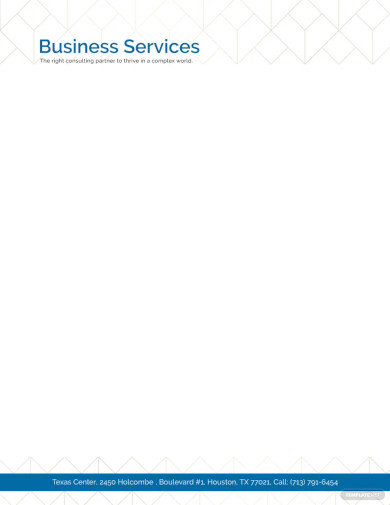
Business Letterhead Template
download now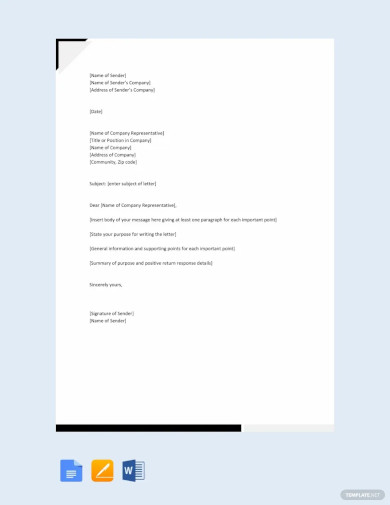
Formal Business Letter Template
download now
Business Letterhead Format Template
download now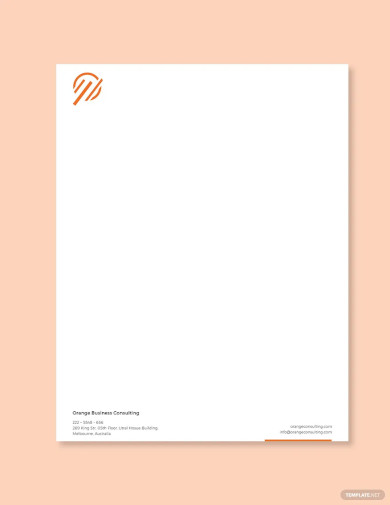
Small Business Letterhead Template
download now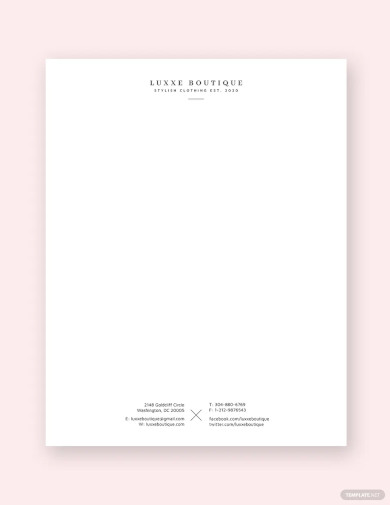
Simple Small Business Letterhead Template
download now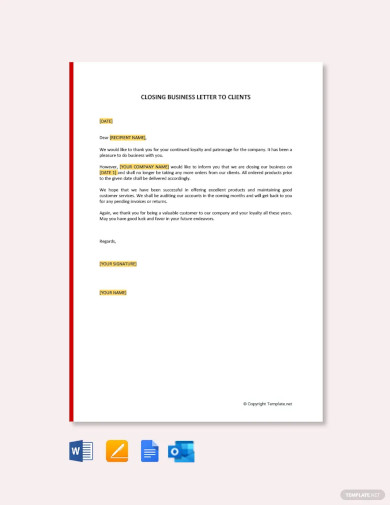
Closing Business Letter to Clients Template
download now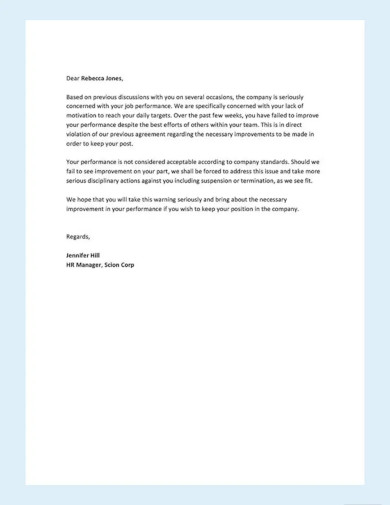
Business Warning Letter Template
download now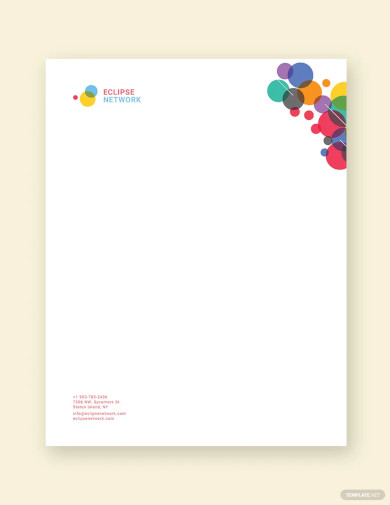
Free Creative Business Letterhead Template
download now
Closing Business Letters to Customers Template
download now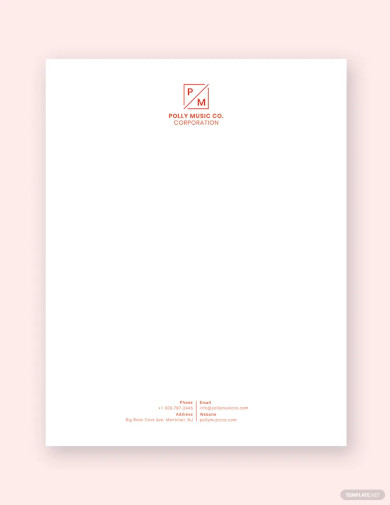
Modern Business Letterhead Template
download now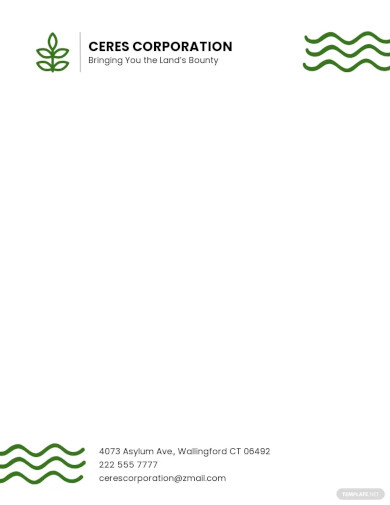
Agriculture Business Letterhead Template
download now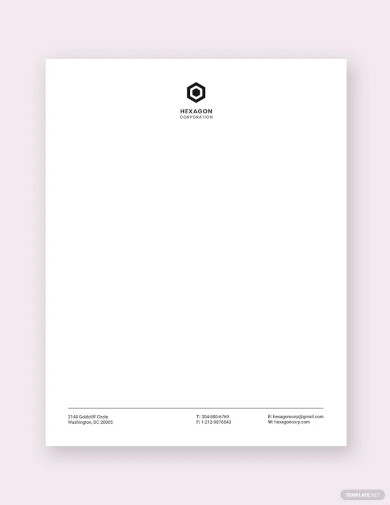
Minimal Small Business Letterhead Template
download now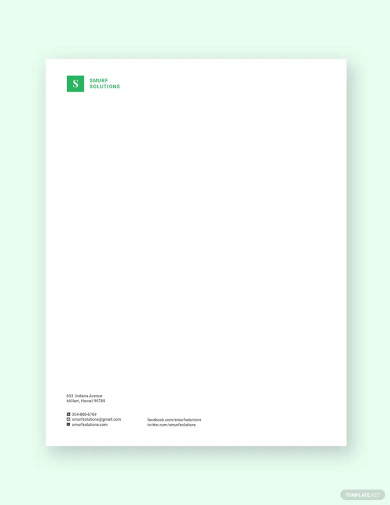
Printable Small Business Letterhead Template
download now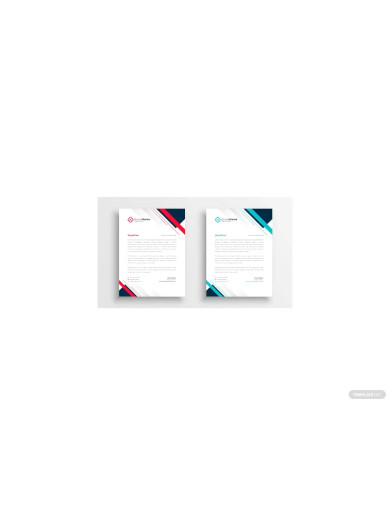
Free Blank Small Business Letterhead Template
download now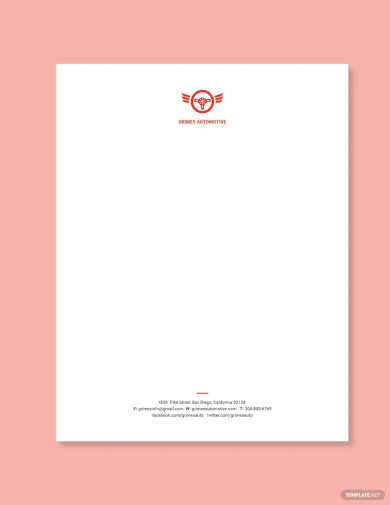
Automotive Business Letterhead Template
download now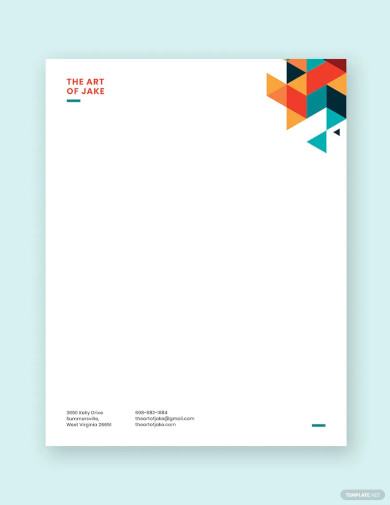
Creative Small Business Letterhead Template
download now
Editable Small Business Letterhead Template
download now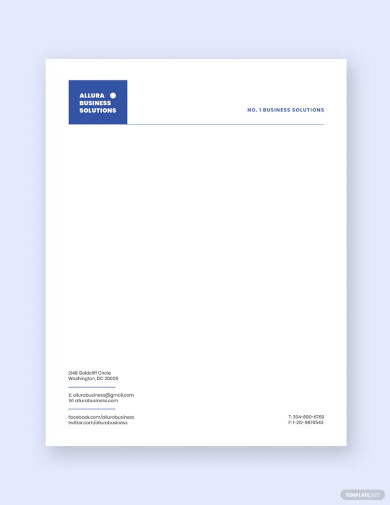
Modern Small Business Letterhead Template
download now
Printable Business Letterhead Template
download now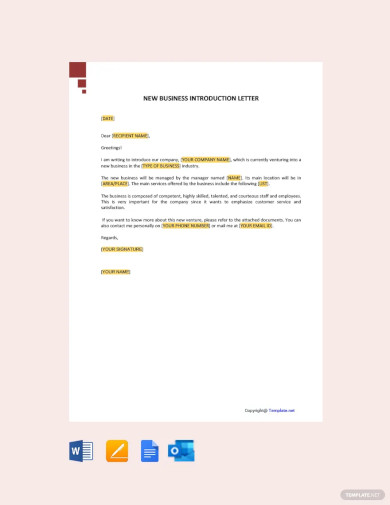
New Business Introduction Letter Template
download now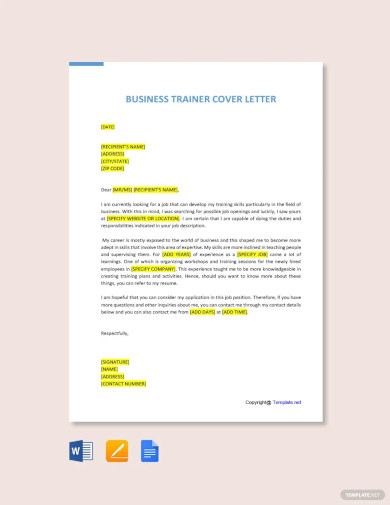
Business Trainer Cover Letter Template
download now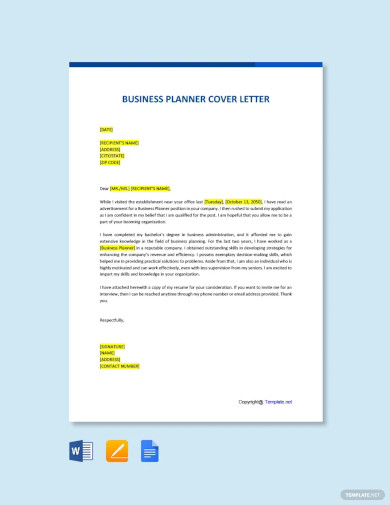
Business Planner Cover Letter Template
download now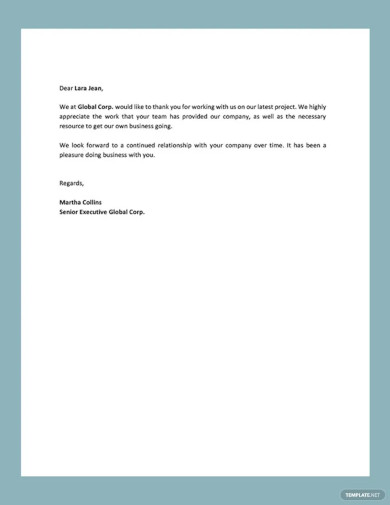
Business Thank You Letter Template
download now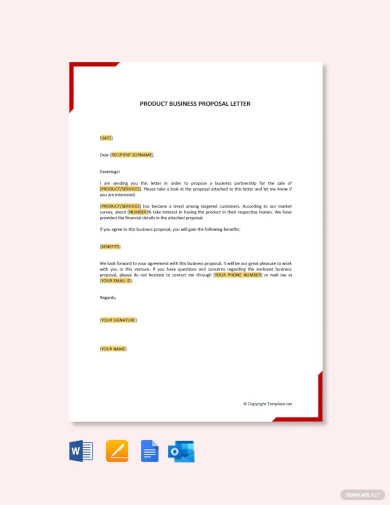
Product Business Proposal Letter Template
download now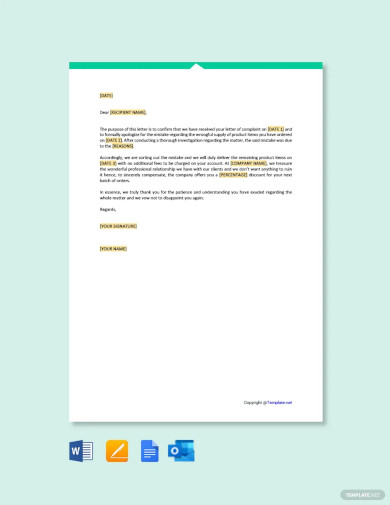
Free Business Apology Letter for Mistake Template
download now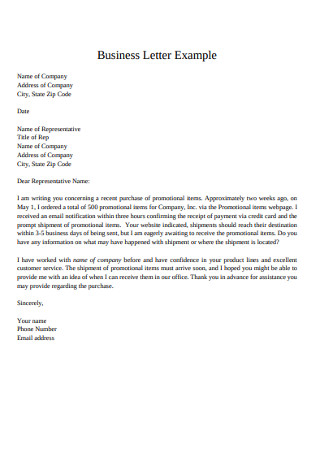
Business Letter Example
download now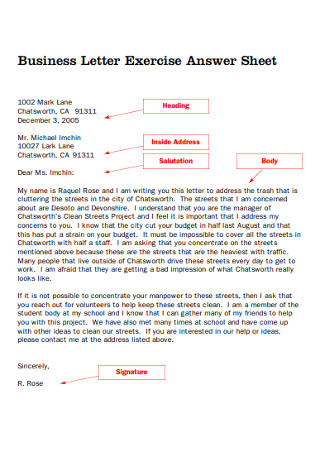
Formal Business Letter Exercise Answer Sheet
download now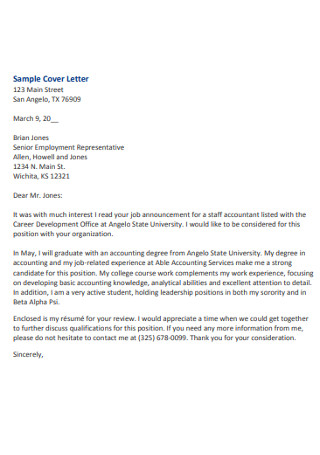
Sample Request for Business Cover Letter
download now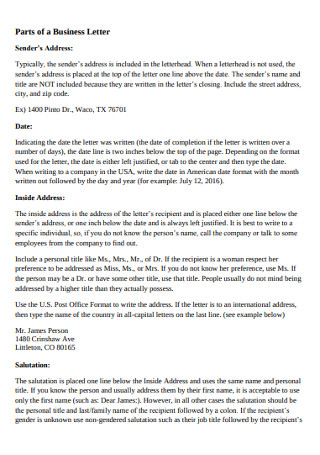
Business Proposal Letter
download now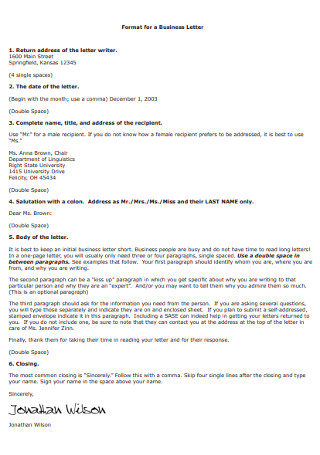
Format for a Business Letterhead
download now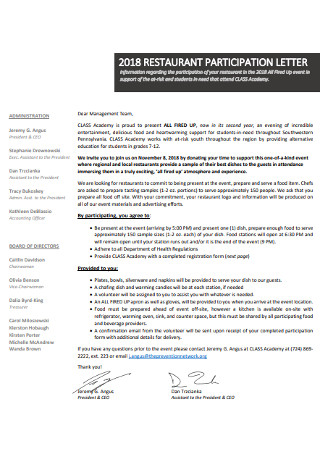
Professional Business Letter
download now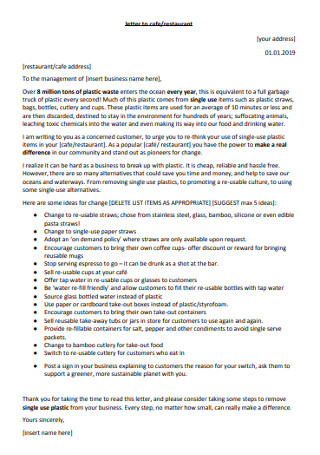
Personal Restaurant and Cafe Business Letter
download now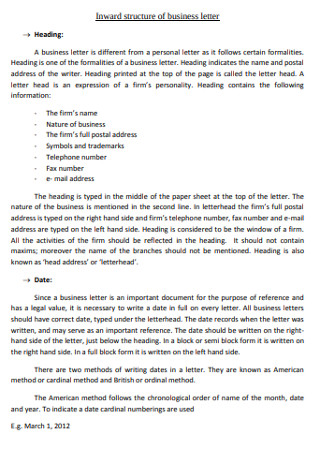
Inward Block Style Business Letter
download now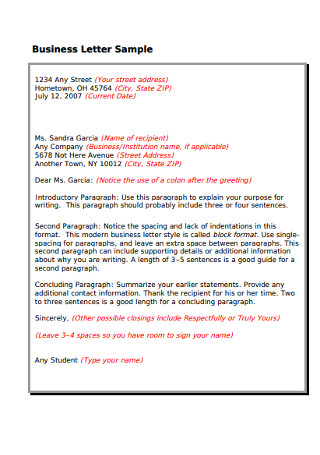
Simple Business Complaint Letter
download now
Law Office Business Introduction Letter
download now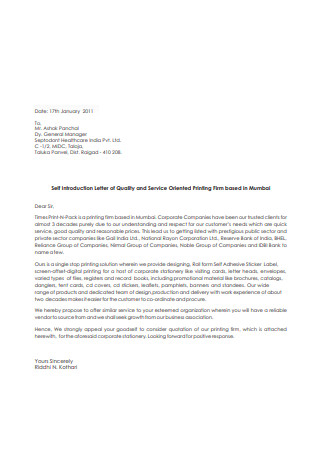
Business Application Letter
download now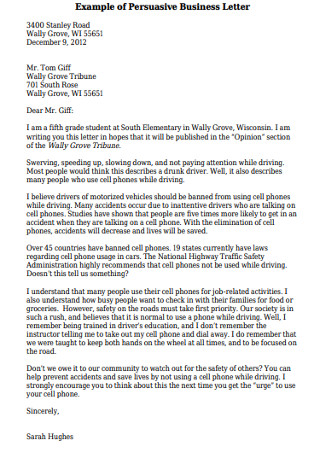
Business Partnership Letter
download now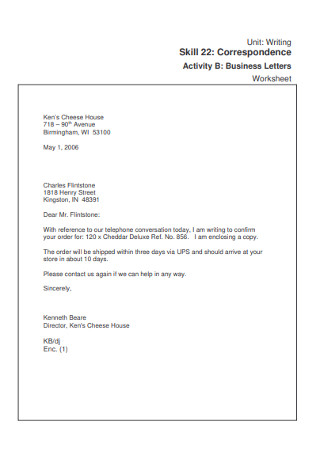
Business Inquiry Correspondence Letter
download now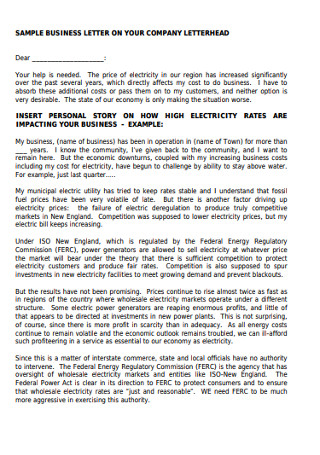
Business Reference Letter
download now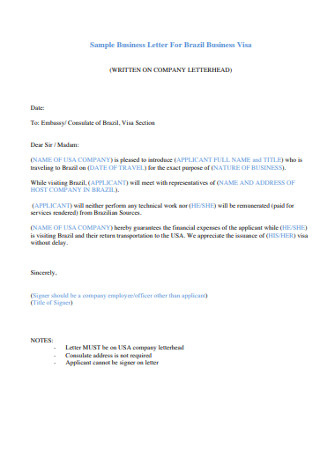
Business Intent Letter
download now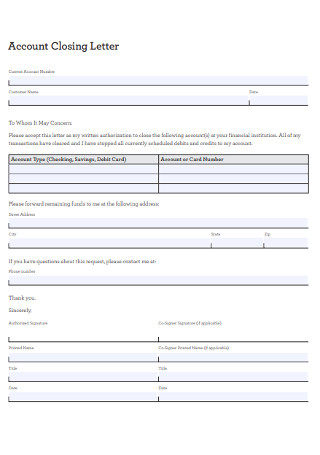
Business Signature Letter
download now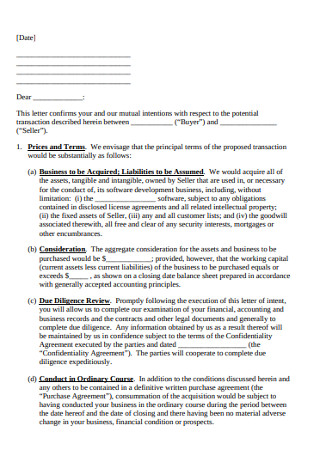
Business Apology Letter
download now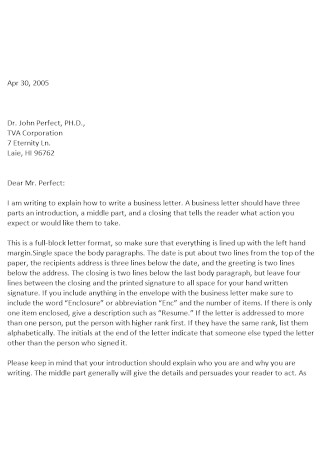
Simple Business Written Letter
download now
What Is a Business Letter?
A business letter is a professional type of letter written for correspondence between a company and another business or an organization and its customers. It follows an approved structure with a tone that depends on the relationship shared between the two parties. Since this letter serves as a means of communication for a commercial purpose, it’s likely to contain valuable information on a business-related concern. It must be clear, concise, and courteous to relay information effectively.
Although you can always use notes and memos to make announcements, business letters tend to be more formal in nature—making business letters more appropriate for setting requests, forwarding complaints, and delivering a sales pitch.

9 Common Types of Business Letters
Business letters must be simple and straightforward to communicate a point. Putting all your thoughts to paper is undoubtedly one of the biggest advantages of having a business letter. But a business letter may serve a variety of functions, each made to generate a particular action. Some of the basic types of business letters include the following:
How to Write a Business Letter
Business people write and send letters more often than you can imagine. While you can never go wrong with formal letter-writing, you’d be surprised by how a simple letter can greatly affect the way someone views your company. Therefore, knowing how to create these professional documents is vital to efficient communication. So if you want to impress your readers and persuade them to take action, here’s a step-by-step guide to keep you focused.
Step 1: Determine the Type of Letter You Need
Business letters can be between a vendor and a customer or a company and another business. It depends on what the writer intends to communicate and how he or she would want the recipient to respond. Among the many types of business letters mentioned, you need to decide what your objective is with the correspondence. Do you want to make an inquiry on a venue for your product launch event? Meet up with a potential job candidate? Or do you wish to recommend a former employee to a prospective employer? Whatever your reason for writing is, you need to make sure that your message remains evident in the business letter.
Step 2: Prepare an Outline
While it isn’t always necessary, creating a short outline does help improve the delivery of your message. This approach is especially crucial for letters that cover critical business concerns. People tend to run into a writer’s block as soon as they start typing, especially if they fail to think about what they want to say beforehand. Diving into the writing process without a plan in place is sure to waste a lot of your time. Keep in mind that it’s much easier to make minor changes than it is to correct significant mistakes in written materials.
But if you begin by gathering the necessary details on the situation you are writing about, the rest of your ideas will come by naturally. Doing so creates a logical structure for your letter to ensure that readers can connect similar ideas more effectively. It also helps you remember points that need emphasizing, in case you forget about them later. Thus, it won’t hurt to spare a few minutes of your time to write the outline of your letter for some guidance.
Step 3: Decide on the Appropriate Format and Order
Unlike the letters addressed to friends and family, these letters adhere to a strict set of rules in a business letter format that writers must follow.
When corresponding with a client, investor, or business partner, consider adding a business letterhead for formality. Most business people use a letterhead as a template to avoid the hassle of writing a heading for every time they need a letter. A formal salutation then follows to address the individual or organization you are writing to, which usually includes a person’s title, if applicable. For the body of your letter, discuss the matter at hand in a concise manner for your recipient’s easy comprehension. Always remember to close the letter appropriately, similar to how it began.
Step 4: Use the Right Tone and Vocabulary
Some letters are more formal than others. Depending on what you intend to deliver, you need to word your letter carefully to avoid coming across as rude or immoral. For instance, no matter how disappointed you are about the actions exhibited by the subject, you don’t want to offend anyone in your complaint letter. Maintaining proper composure is essential to steer clear of trouble with the opposite party. It’s also necessary to observe a professional tone and to use simple vocabulary to maintain an appropriate level of professionalism.
Step 5: Proofread Your Copy
There’s no room in a business letter for spelling errors, grammar mistakes, and minor typos. Regardless of how urgent it is, missing this part of the writing process is a risk you wouldn’t want to take. While we all admit to struggling with the basics of written communication, it’s still not an excuse to ignore the importance of proofreading your letter. In time, you’re bound to overcome the difficulties of the craft. But for now, you have to play it safe by double-checking what you wrote or having someone else review your letter for a second opinion.
Dos and the Don’ts of a Business Letter
As a professional, writing emails and letters is all in a day’s work. It serves as a means for you to promote your business and share information with clients or partners more coherently than a personal letter. But if your business communication skills aren’t as polished as you need them to be, the following dos and don’ts in writing a business correspondence should help you deliver your message accurately to readers.
Dos
1. Do put your recipient in mind.
Before you begin writing, you must first identify your audience to determine the appropriate language to use. If you wish to discuss a technical subject to a non-technical recipient, you may want to avoid using industry-specific terms that the average person may not be familiar with. Try putting yourself in the shoes of your audience to figure out the best way to convey your message. That way, you can explain technical concepts and other complicated ideas more explicitly for your readers to relate.
2. Do keep writing clear and concise.
Be extra careful about what you need to get across, or you may end up rambling in your letter like you would to a close friend or family member. There’s no place in business communication for flowery words and vague statements that would only delay your message from being understood. Getting your points out through proper wording will help keep you focused on your main message. Cutting out needless information and using bullet points to break down your thoughts are some techniques that ensure clarity in writing. It’s easier to say what you need to say in as few words as possible when you take the time to gather your thoughts before composing the letter.
3. Do select a professional letterhead. Cover letters
For consistency reasons, you might want to think about using a letterhead design for all your business letters. It’s one way to stay on brand and to make your letters look distinctive in the eyes of a reader. The letterhead may consist of your logo, business name, address, and contact details for recipients to use as a reference.
4. Do have it typewritten.
Be sure to type your message on a computer for a more professional approach. While there’s nothing wrong with handwritten letters, it’s best to reserve these letters for a more casual form of writing. A simple conversation style through a typewritten correspondence offers the convenience of keeping your text clean and visible for the sake of clarity. By doing so, you can avoid instances where people mistake a word for something else due to poor penmanship.
Don’ts
1. Don’t be careless with your words.
Be mindful of your choice of words. You could mean well in your message, but it can still come across as discriminative or offensive when taken the wrong way. It’s easy to say something unprofessional when you aren’t tactful when writing. Hence, it’s always a good idea to read the written material aloud before you consider sending it to anyone in your mailing list. It’s also one way of ensuring that the contents of your business letter remain accurate and acceptable to its purpose.
2. Don’t inject personal opinions.
Stick with the facts. Refrain from adding information that you aren’t sure of, as phrases like “I think,” “I believe,” or “In my opinion,” aren’t very reliable. These words express a level of uncertainty that won’t resonate well with a reader, especially when it concerns business-related matters. Instead, you should save it for verbal or less formal exchanges with the supposed recipient.
3. Don’t give in to the temptation to use sarcasm for humor.
Refrain from using sarcasm as a playful joke. What makes a verbal exchange different from written communication is how the delivery and tone of your voice determines the intention of your message. There’s no way a recipient could indicate whether you’re serious or humorous in a business letter, which makes it highly possible for readers to misinterpret your message in the worst way possible. Although it was never in your intention to offend anyone, what may seem funny to you at the time of writing could have an opposite effect on the receiving end.
4. Don’t forget your call-to-action.
When readers reach the end of your formal letter, they should know what to do or believe in obtaining a favorable solution. Concluding the letter with a strong CTA should drive a person to respond accordingly. You can also state what you intend to do as a follow-up to the letter.
Everyone can benefit from a business letter, as long as people make an effort to write them carefully. Although it’s impossible to master the skills in letter writing overnight, what matters most is your ability to convey a message that your recipient may understand. Fortunately, you can hone your skills in business communication with the help of the letter templates and samples provided.

